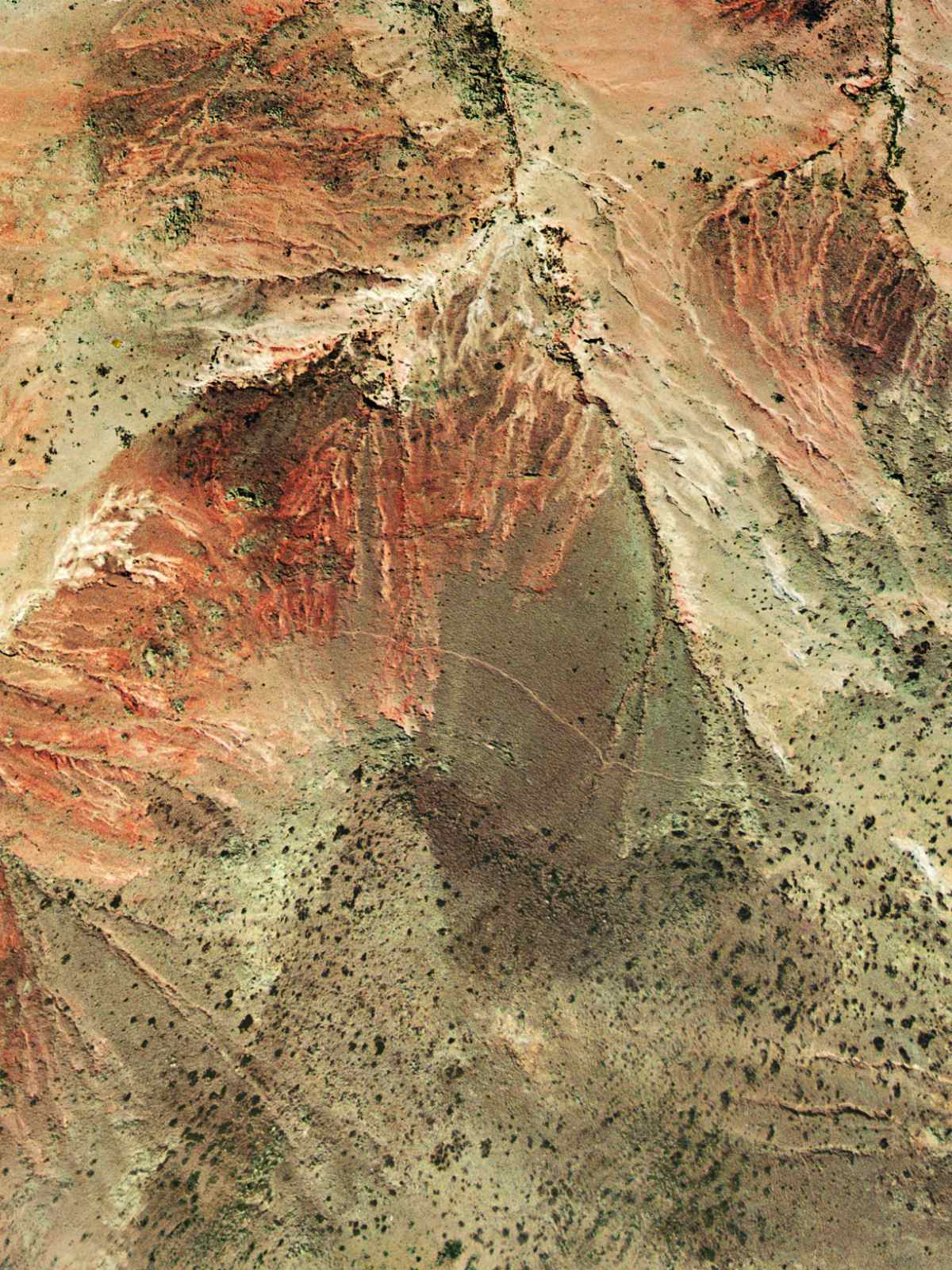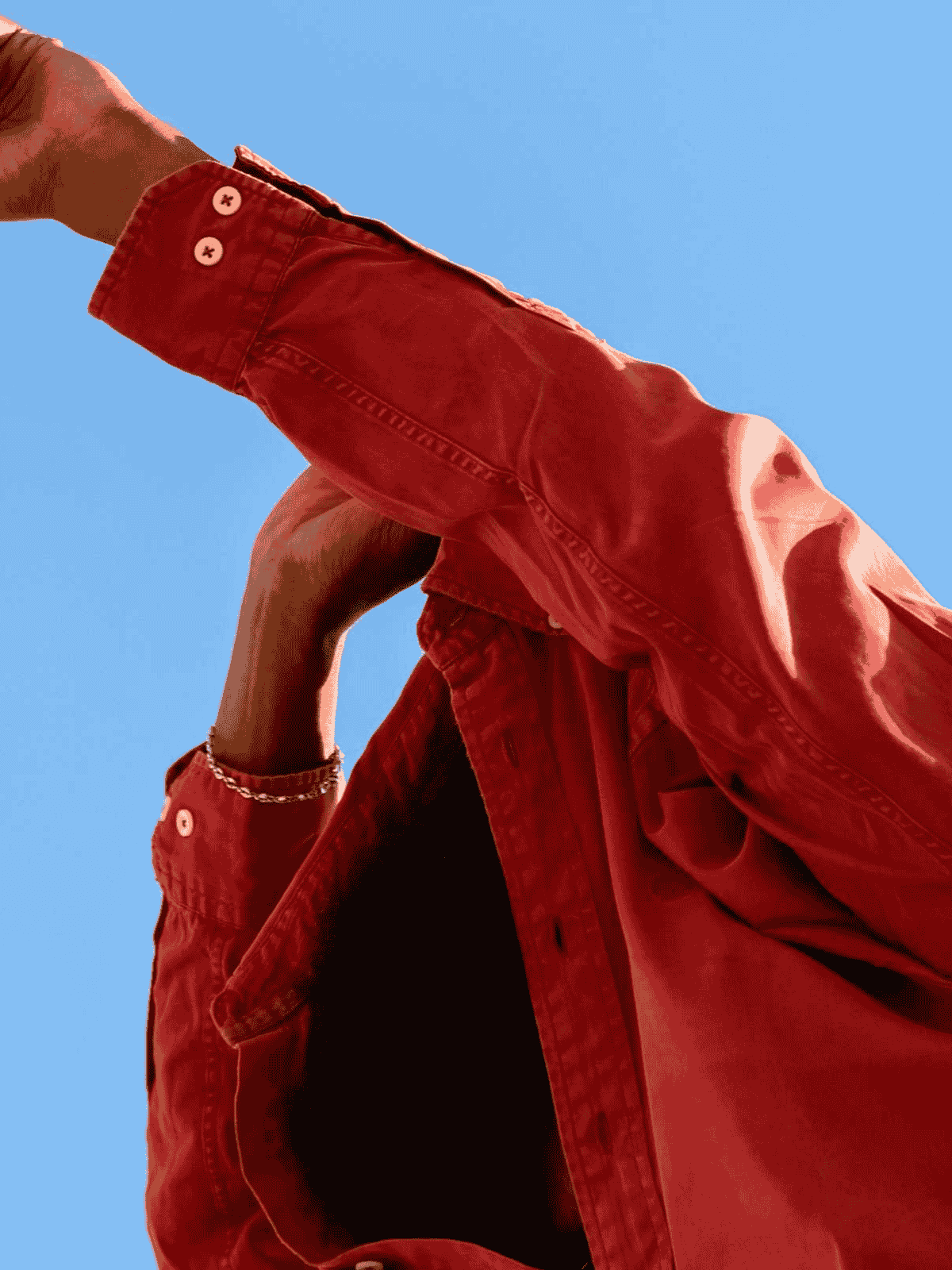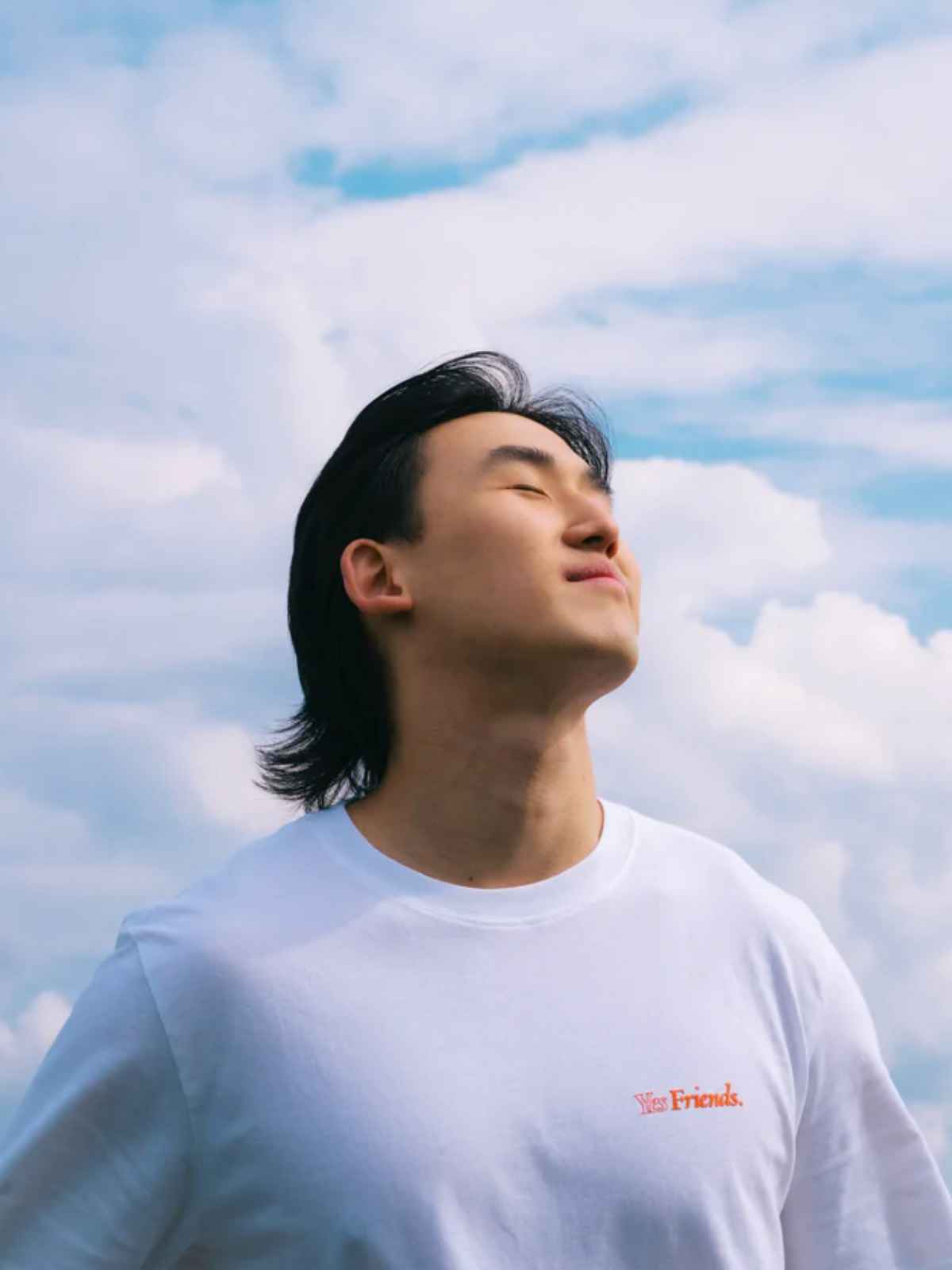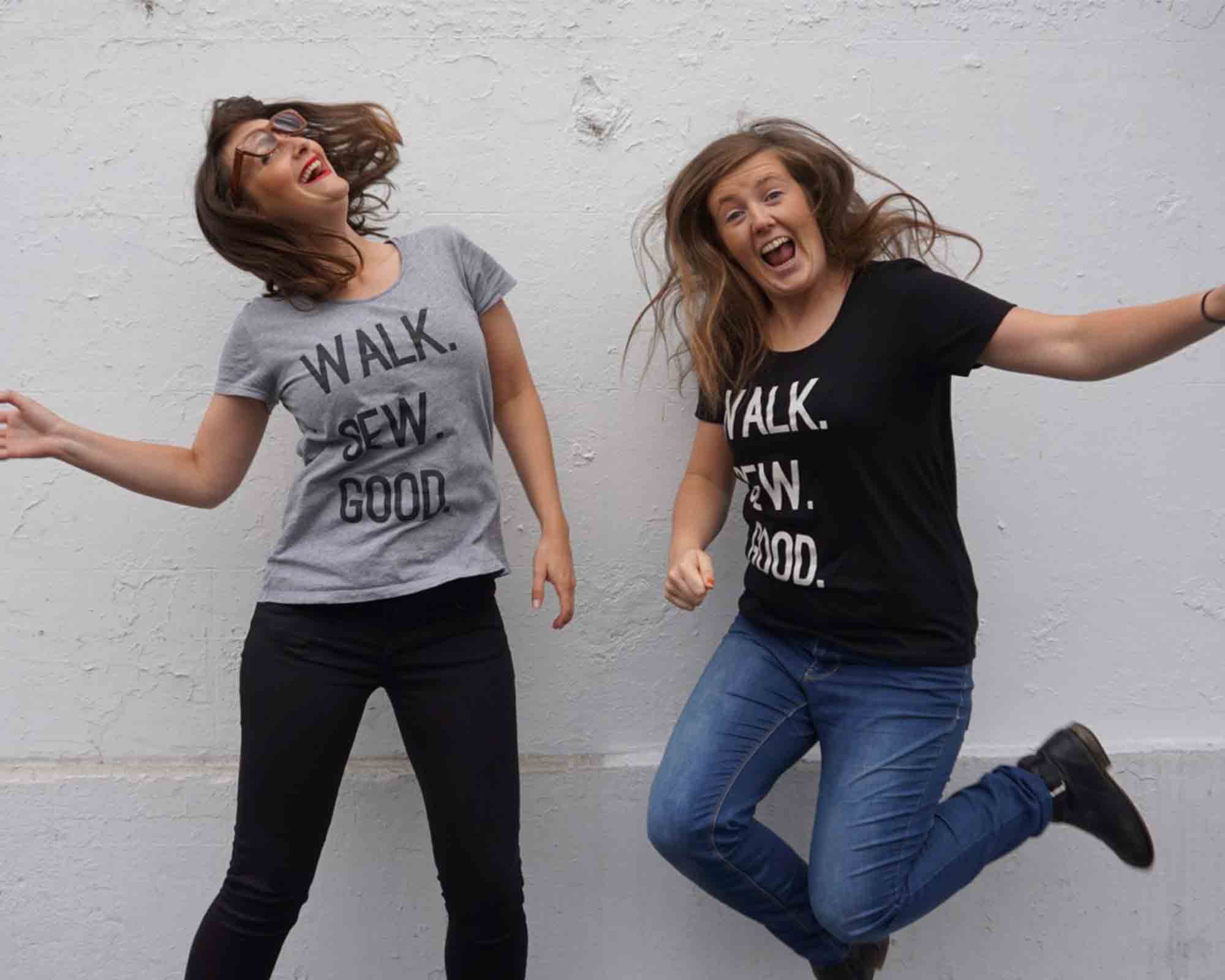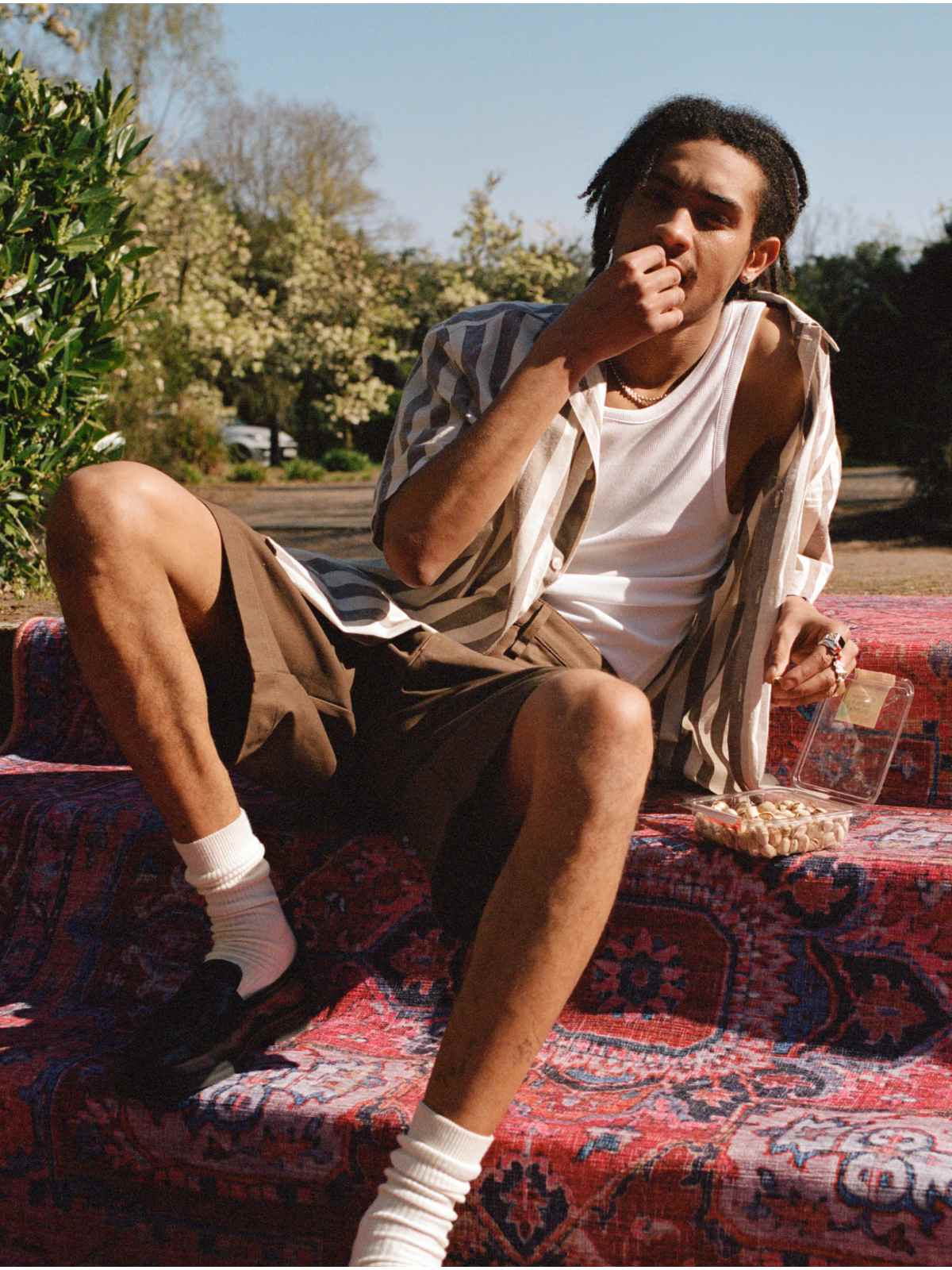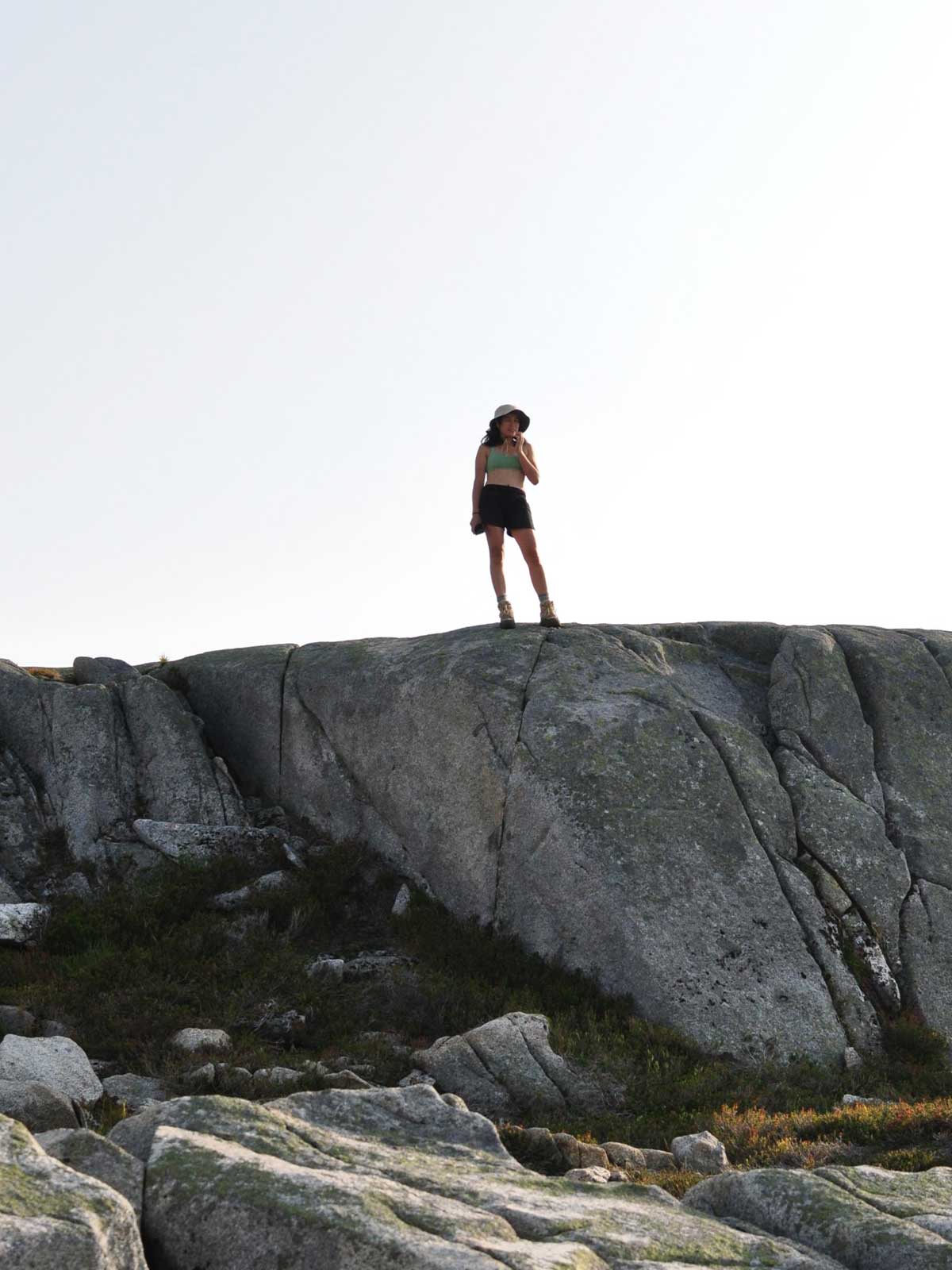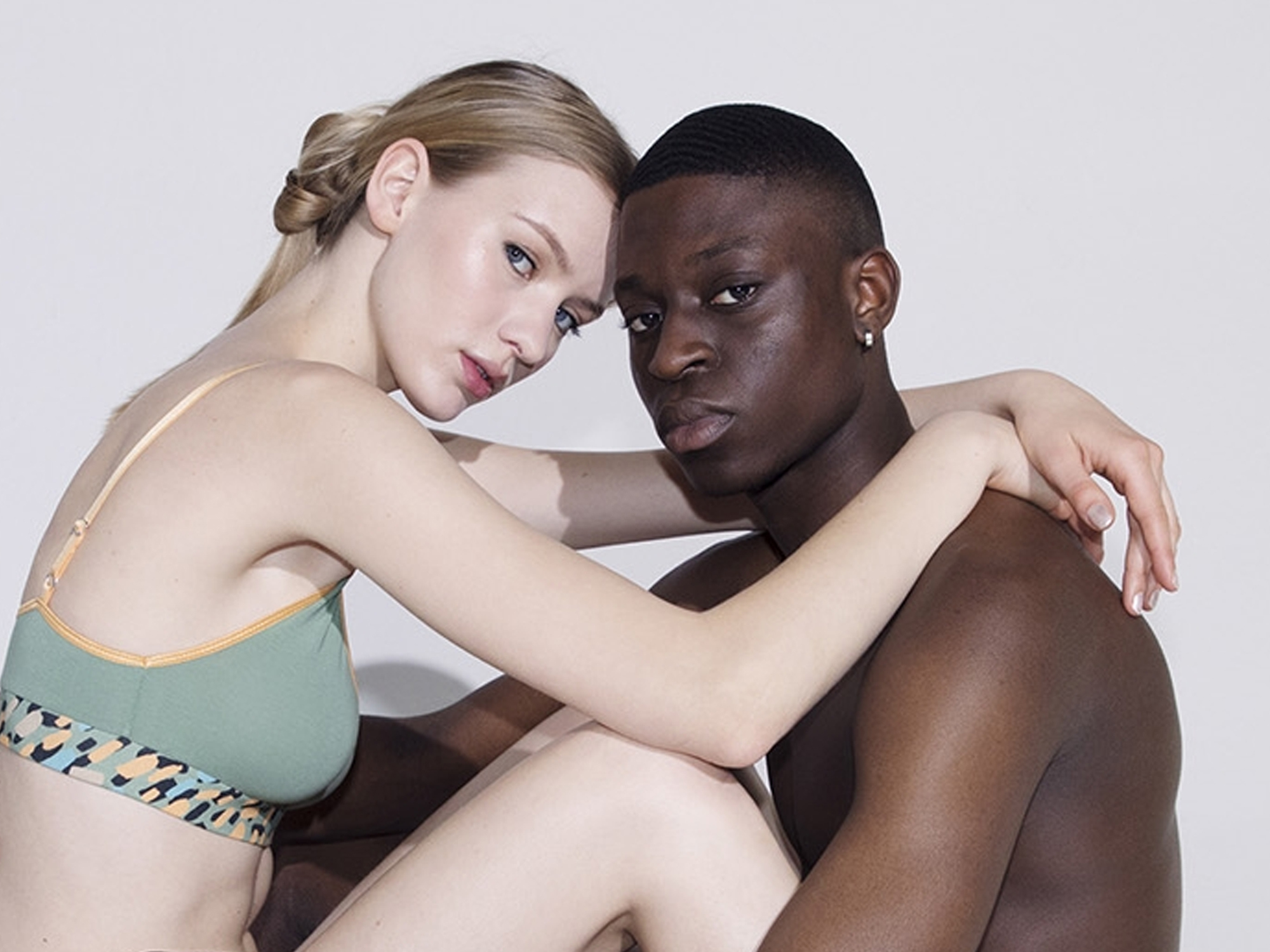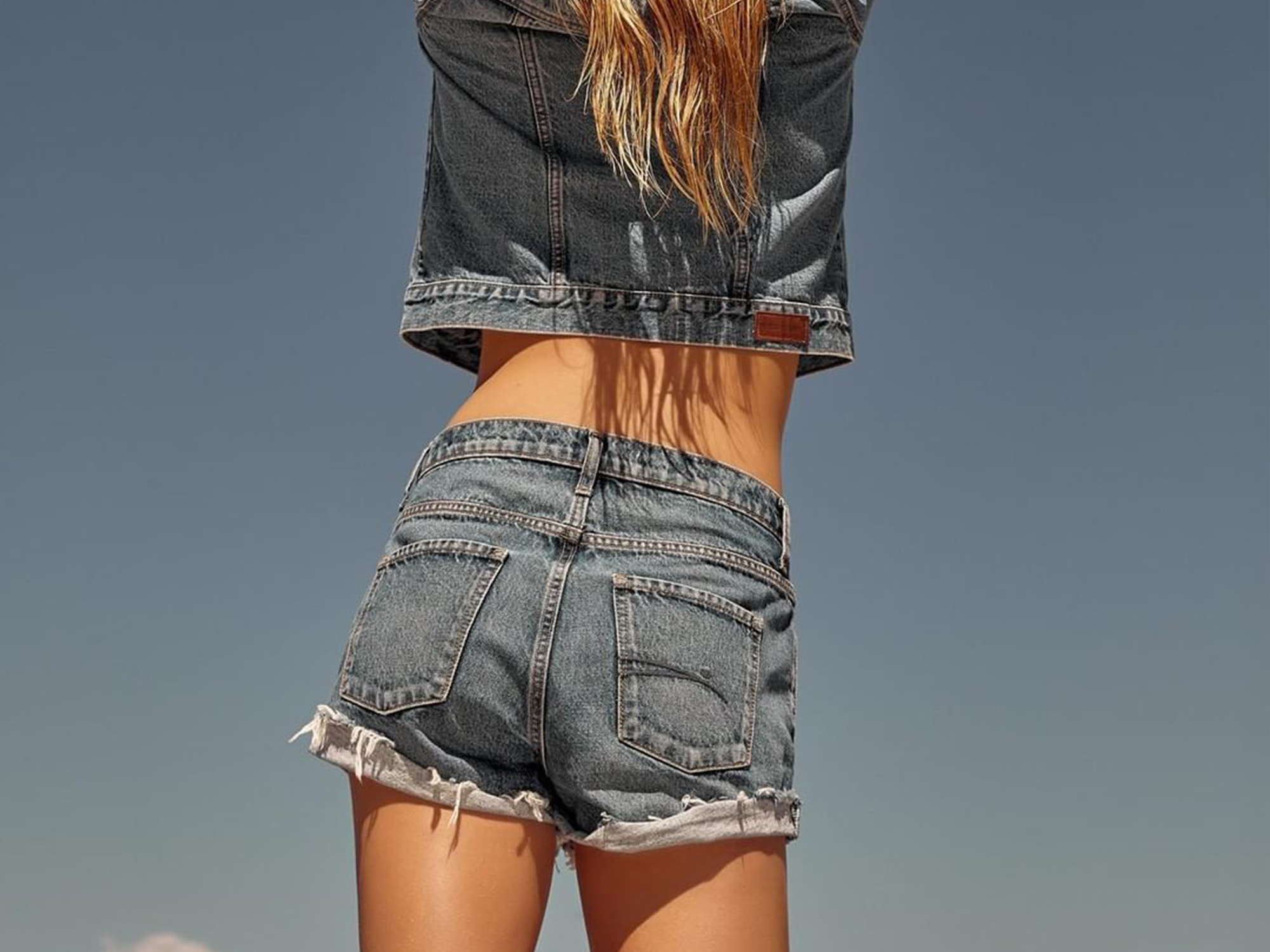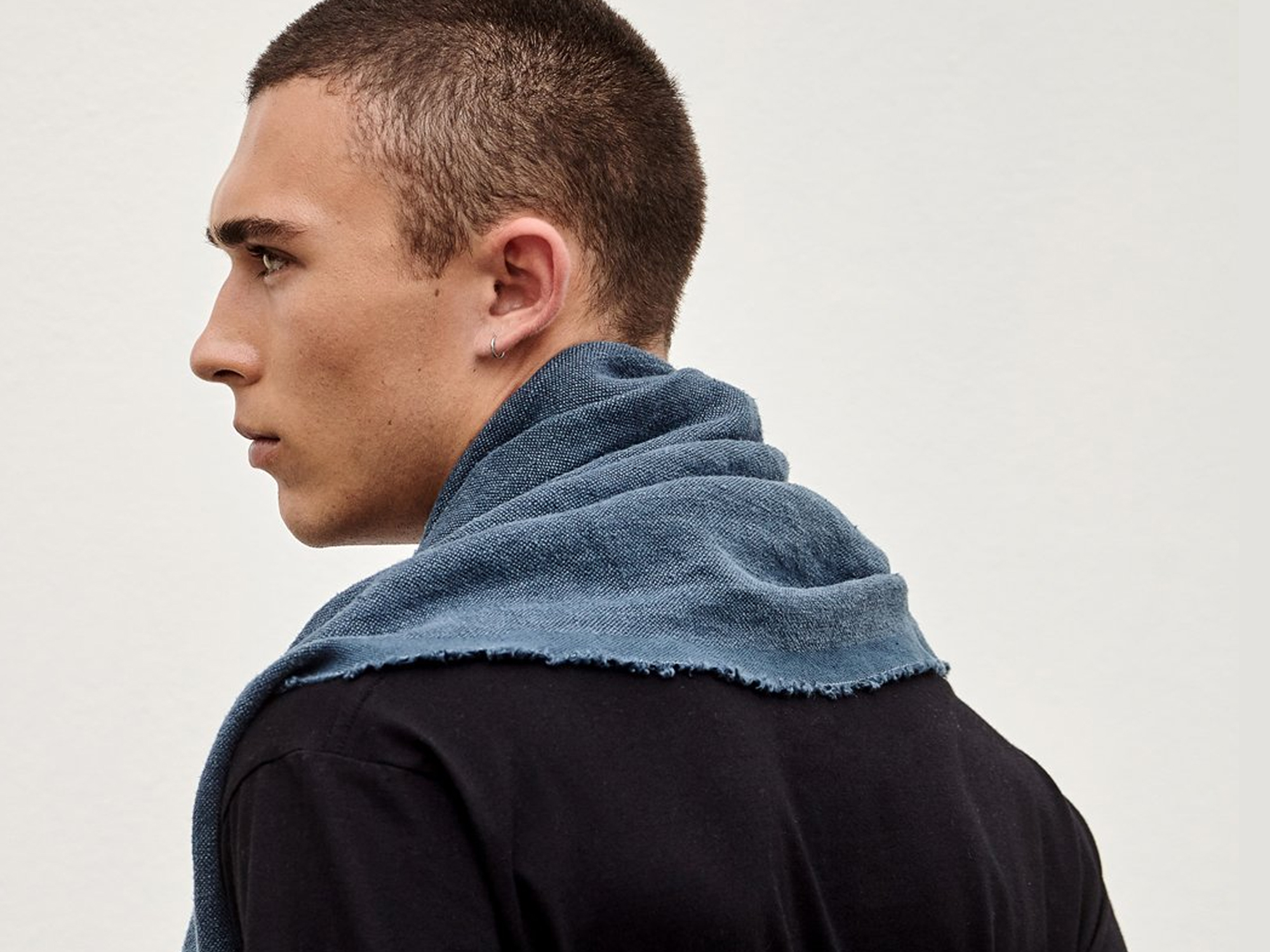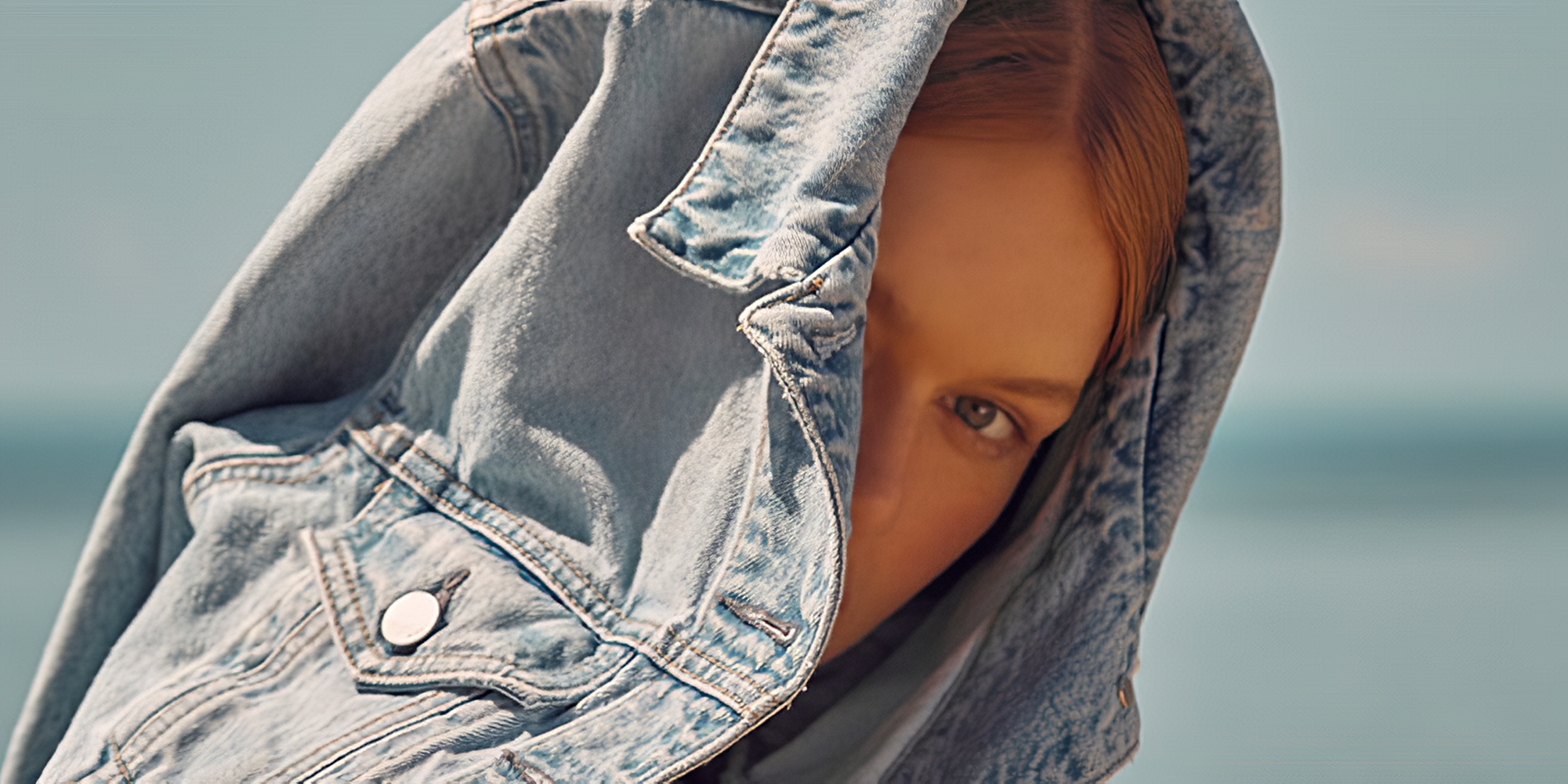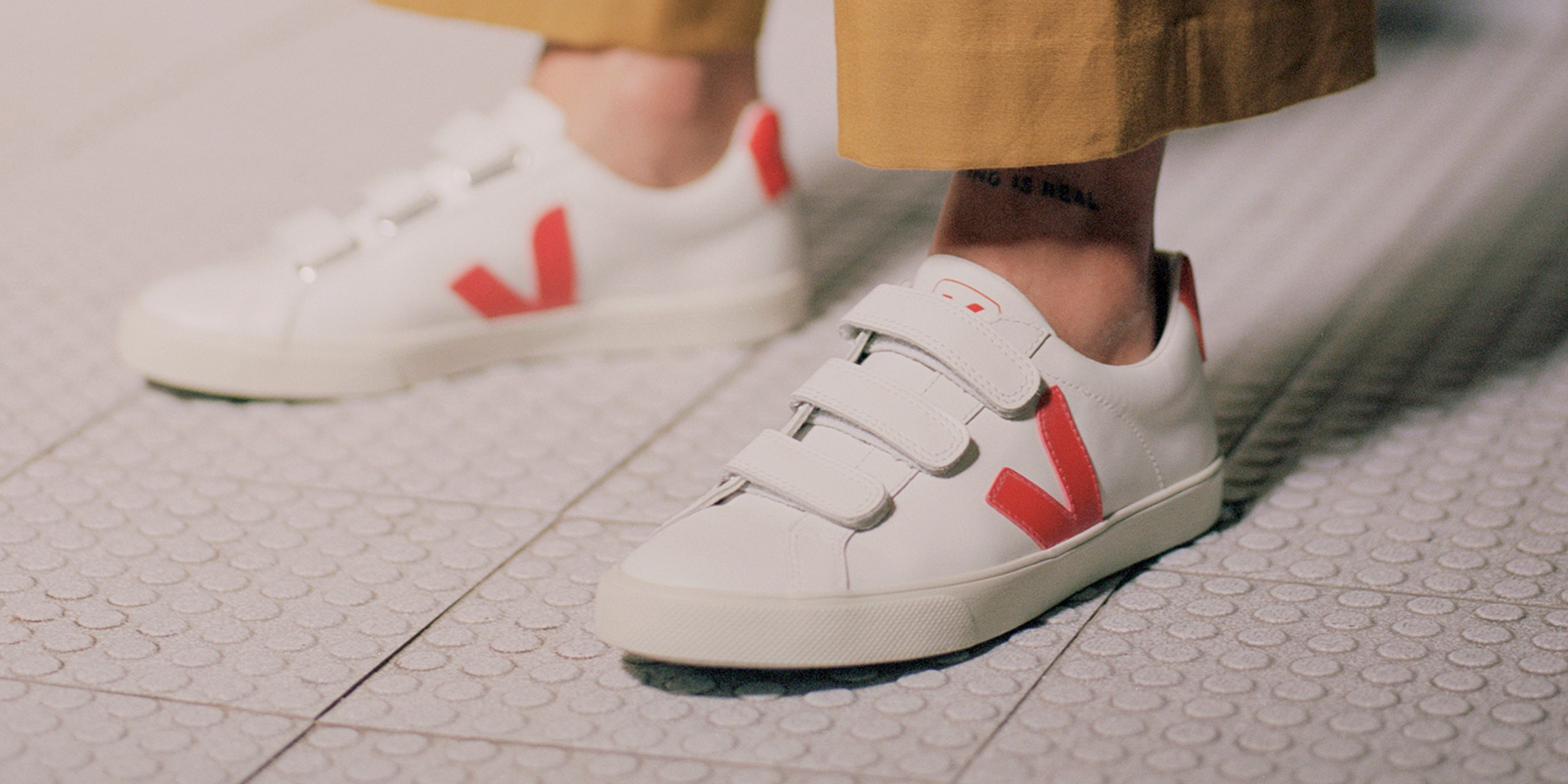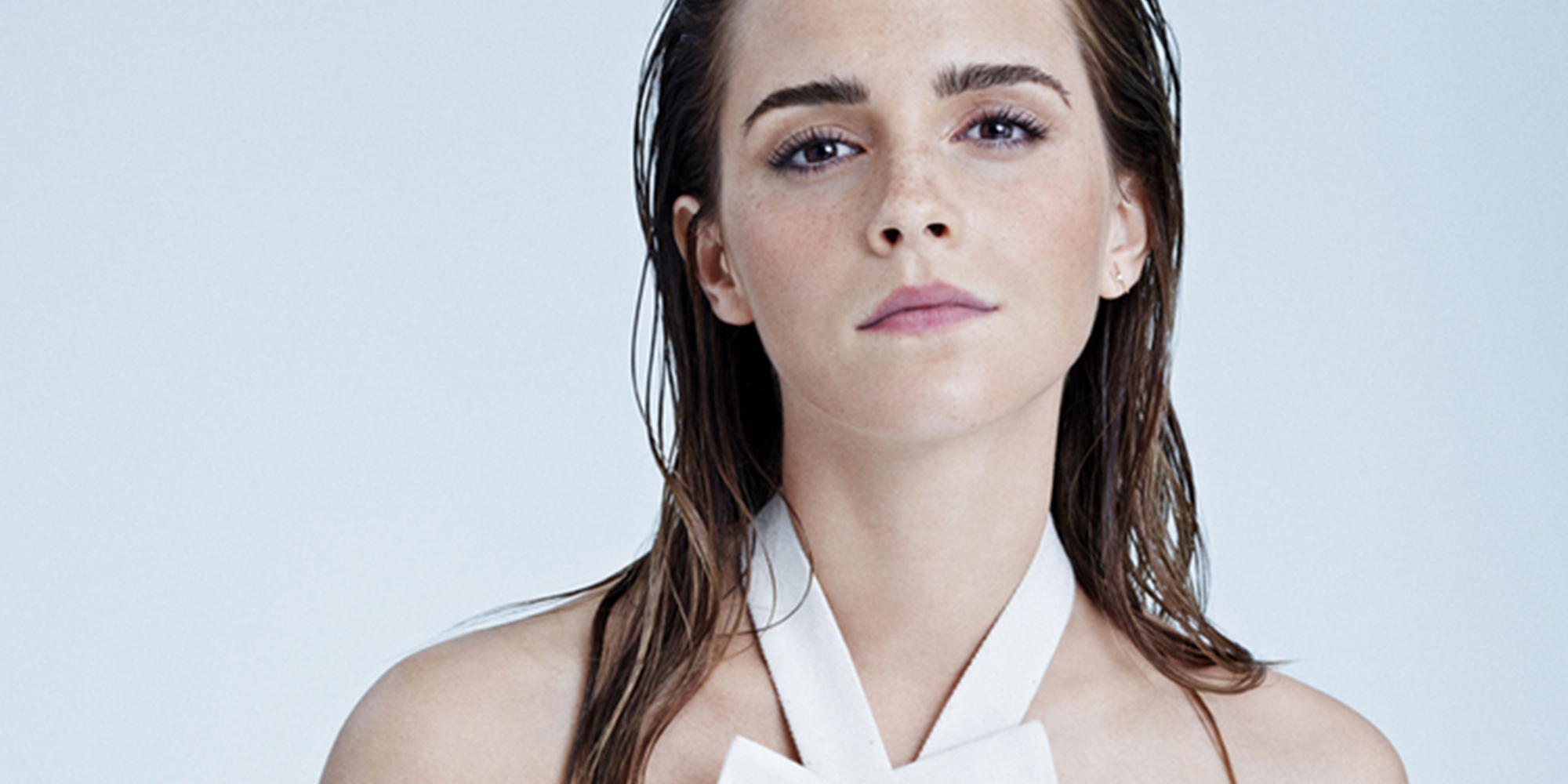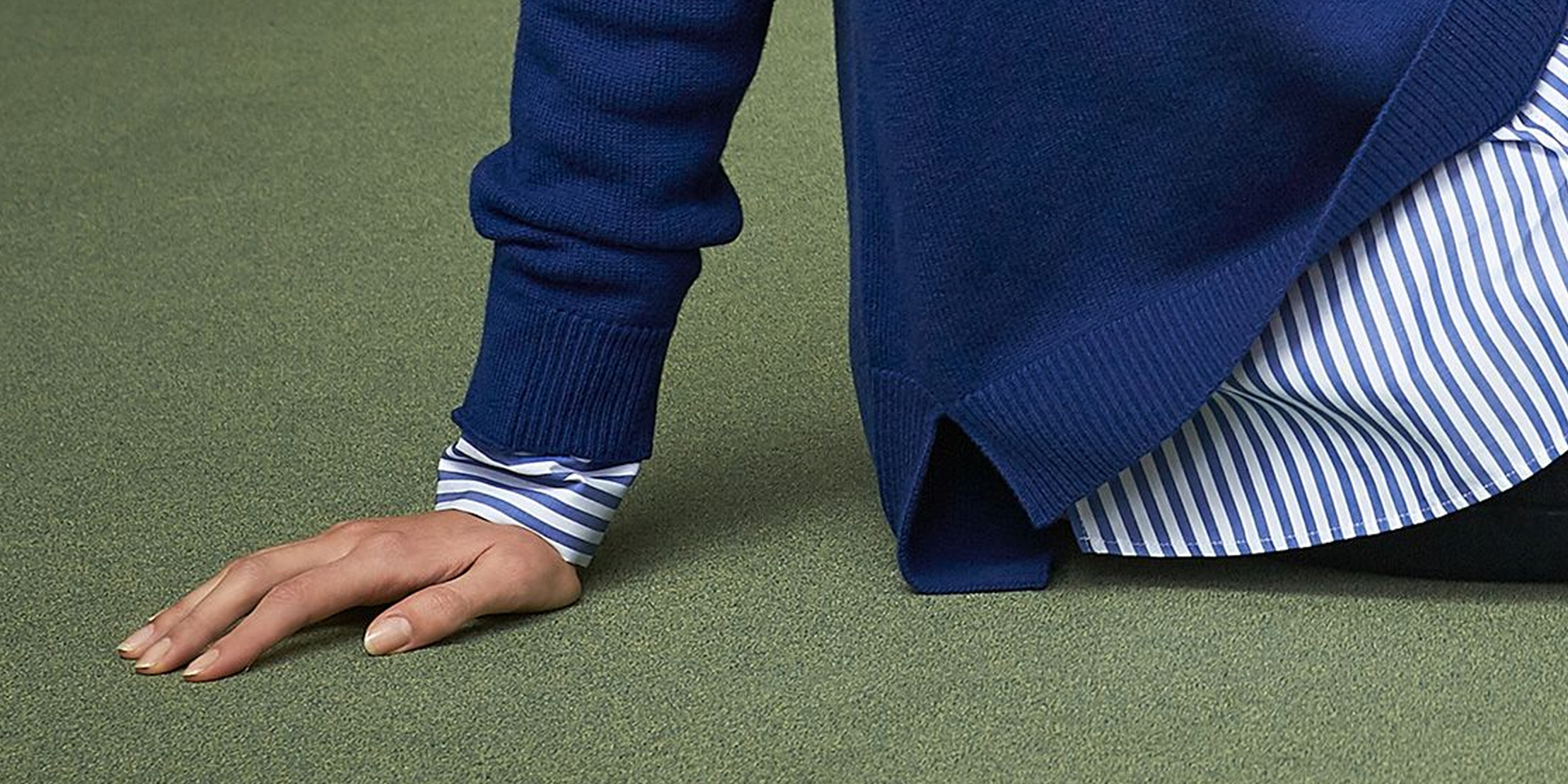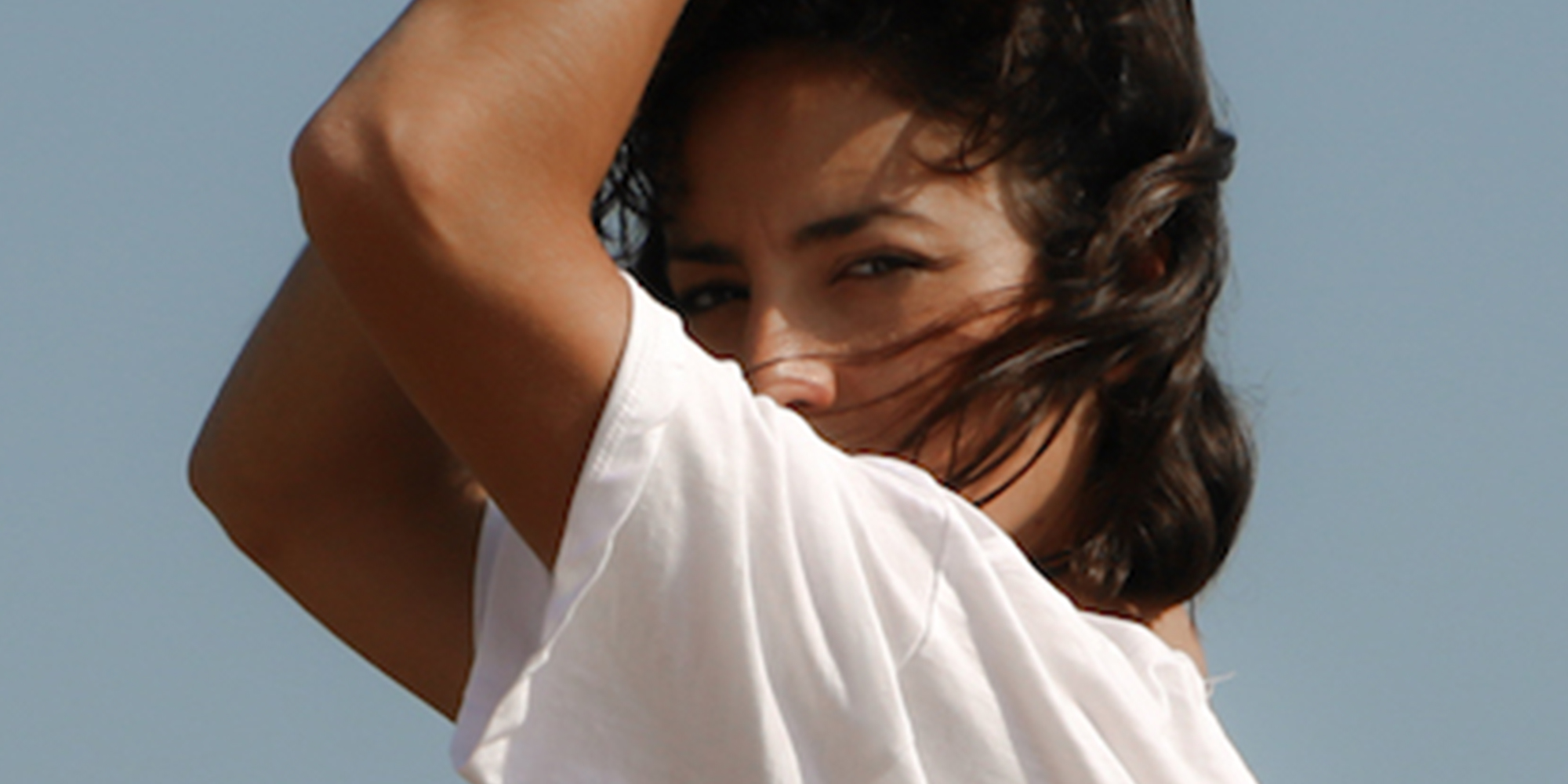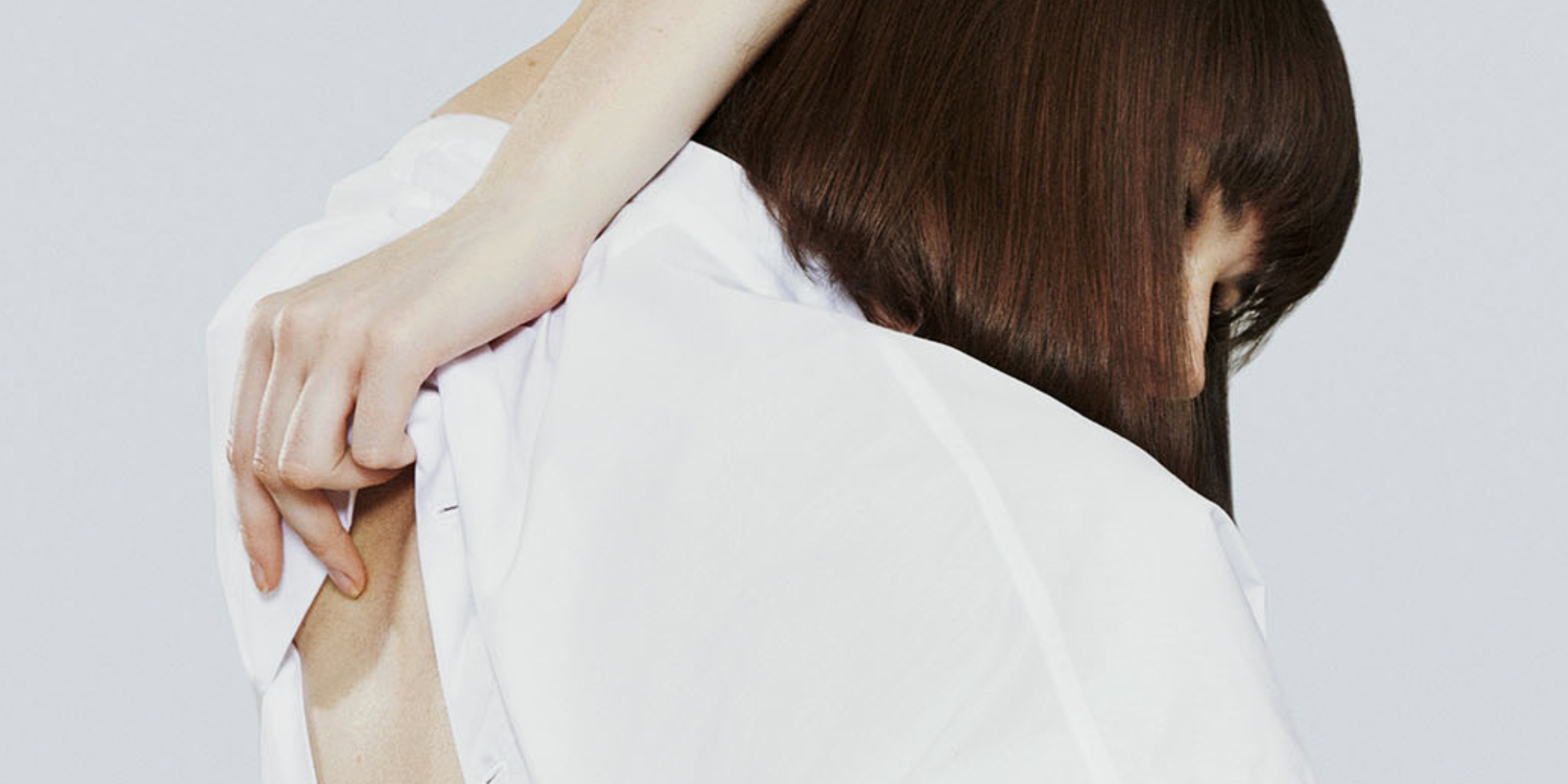When it comes to conscious consumerism, the focus is firmly on transparent supply chains and re-connecting with the people who make the items we buy. For most of us that means relying on the key advocacy organisations campaigning for social and environmental reform in the fashion industry to keep us informed about the faces behind our garments or accessories. Enter two self-described dorks, who have decided to get up close and personal with the way our fashion is being made.
Who are these dorks?
Melbourne-based buddies Gabrielle Murphy and Megan O’Malley are about to walk 4000km across Southeast Asia. During their journey they’ll be speaking with and learning from the people that are making fashion in a positive and sustainable way. Under the awesome name of Walk Sew Good – the inspiring pair launched a successful crowdfunding campaign to not only help them make the trip but also to film their adventures along the way.
Why Southeast Asia?
Southeast Asia is a well known hub of activity for the fast fashion industry, an industry that sees millions of tonnes of clothes churned out to shoppers every day. Fashion brands flock to the region for its cheap manufacturing prices. As a result, millions of people working in factories in countries like Cambodia, Thailand and Vietnam are not paid enough to live on. According to the Clean Clothes Campaign, garment workers in places like Cambodia would need the minimum wage to be at least twice as high to cover the basic cost of living. Environmental laws, where they exist, are not strictly adhered to and waste and emissions discharged from these factories pollute local waterways severely impacting local communities.
Awareness of the damaging practices of the fashion industry is growing, but people don’t always know about better alternatives. Instead of overwhelming people with the negative impacts of fast fashion, we aim to empower people to support a different kind of fashion industry.
Megan O’Malley
Walk Sew Good plan on sharing positive fashion stories from Southeast Asia; stories of people creating beautiful clothing with beautiful impacts against all odds. Intrigued, I spoke to Gabrielle and Megan about their motivations for the epic trip which kicks off on 15 November.
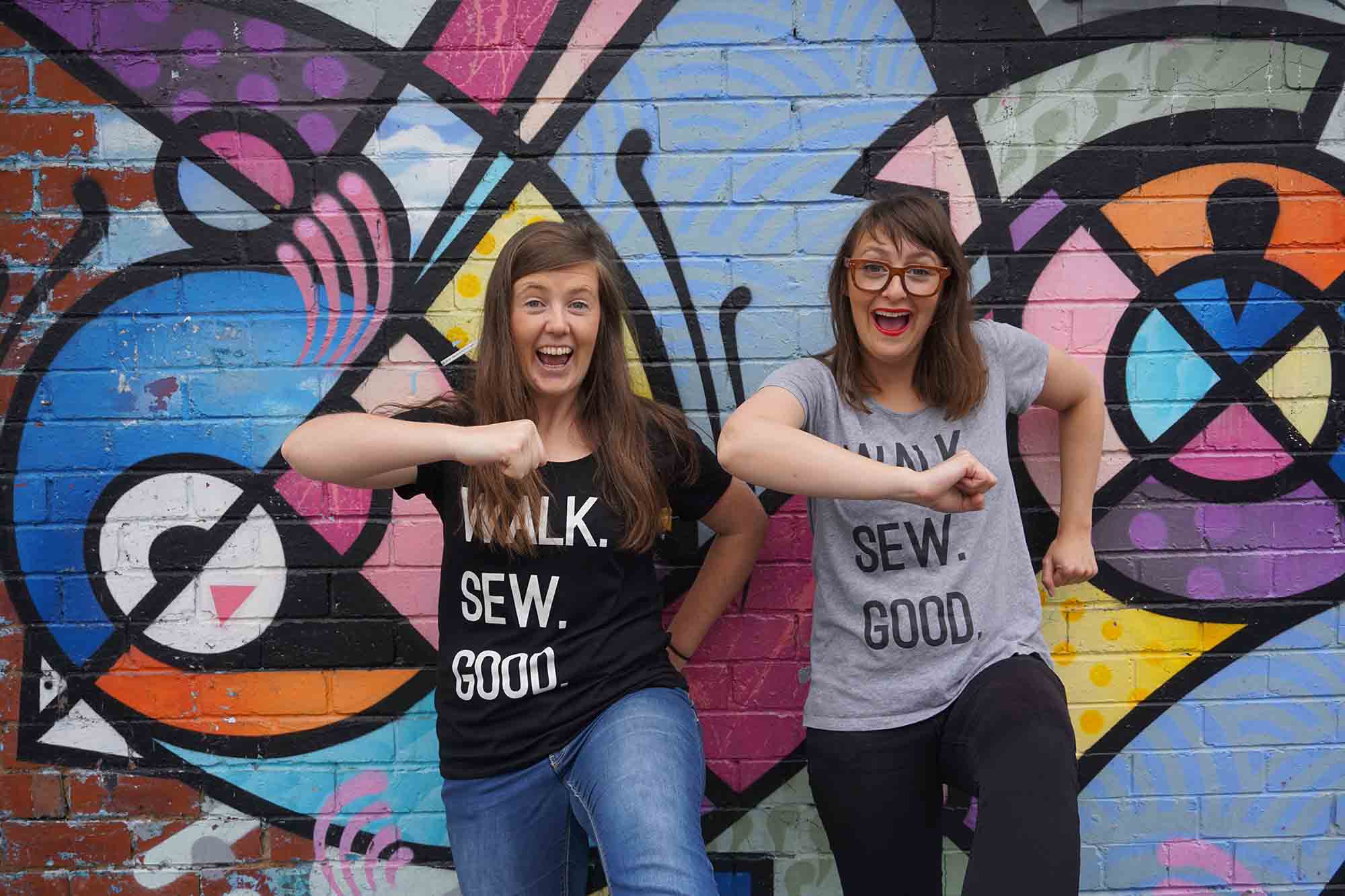
Q. When did you first begin to realise that there was a darker side to fashion?
M: Bear with me on this one, it’s a bit of a complicated answer!
I used to be a major shopaholic. At one point during a 2009 trip to the USA, my dad asked me if I was trying to single-handedly revive the US economy. I loved fashion (still do). I also worked as a dancer on cruise ships and saw that working conditions and pay for people that worked on the ships were heavily reliant on their country of origin. People from developing countries were paid less and worked 13 hour days, every day of their contract. They were paid significantly less than those from more developed countries. I had to really acknowledge my privilege and up until that point that had not been something I’d ever thought much about. And I wasn’t comfortable with it.
After finishing my work on cruise ships I came home and started uni. I took a sustainability class and began to realise that the practices that I’d witnessed on the cruise ships were happening at a whole other level in the fashion industry. Those practices that I had been so uncomfortable with were happening in an industry that I was supporting. I realised that I could no longer communicate who I was through fashion without first examining how the clothing I was buying was impacting people and the planet.
G: Honestly I don’t really remember, there wasn’t really an ah-ha moment for me. I vaguely remember being a kid and Nike was all over the news at the time being hounded for their sweatshop labour. There was this huge global boycott, I didn’t understand what was happening, but when mum explained that there were little kids the same age as me working all day to make clothes, I was horrified. The world basically promised that it would never happen again, but here we are.
Q. What are you most looking forward to experiencing on your adventure?
M: So many things! I’m looking forward to learning so much. I can’t wait to meet inspiring people, see beautiful scenery and experience the challenges (I have no doubt that this will be the toughest thing I’ve ever done). I know that walking everywhere for a year is going to force me to slow down and take stock of my surroundings. I can’t wait for that. I’m also looking forward to hopefully watching the Walk Sew Good audience grow and seeing the conversations and impacts that come from that. Hopefully. That’s the aim anyway!
G: I’m looking forward to meeting the people at the frontier of change. The innovators who have had the foresight to say “Fast fashion isn’t okay, let’s not use toxic materials, let’s pay fair wages”. I’m also looking forward to the challenges, to be able to push ourselves to the limits and to take in the world around us step by step, as Megan said.
Q. Are there any particular aspects of your walk that you’re nervous about?
M: Yes. Again, quite a few things. I’m terrified of being eaten alive by large mammals. I’m worried about injuries and diseases, getting lost and surviving in general. Gab has already said that she wants to draw up a contract that says she can eat me if I’m mortally wounded and she’s starving. I’m a vegetarian so I’m not that into that idea.
G: I’m quite nervous about diseases, I mean really, that could cancel the entire expedition. Also I’m hesitant of making it through some politically turmoil areas, I think that authorities may have difficulty understanding our purpose.
Q. What’s significant about your chosen destination?
M: I wrote a blog piece about this recently. People were questioning why we were going to Southeast Asia to support an industry there instead of raising awareness and support for the local Australian industry. I definitely think that supporting local brands is such a great thing and definitely a part of the solution. But if we’re going to really address the issues presented by the fashion industry, we need to look at a much more diverse solution.
Southeast Asia is where are lot of these issues are happening on a pretty grand scale. The region also doesn’t have the same level of legal enforcement when it comes to human rights and the environment as we do here in Australia. The people working to create positive fashion there are up against a multitude of challenges and they are doing it anyway. How inspiring is that?
G: Southeast Asia and Asia in general is so closely linked to the Australian market, however we largely ignore issues in the region. It’s kind of like we rely on this whole region as our own personal factory and then cry ignorant when anything bad happens. I think it’s so ironic that people go and watch movies like ‘12 years a slave’ and say “I would never have let that happen, how could people do that.” But it’s happening right now, in this day and age, and big and small clothing brands alike are saying “We didn’t know, we gave the contract to so-and-so, it’s their fault for the bad practices, the poor working conditions. We are doing the right thing, at least we’re giving them jobs.”
It’s kind of like this big joke, a really bad joke. Whereby, rather than curb our own practices, make our own clothes and buy less for example, we ship the horrors offshore. It’s a classic out of sight, out of mind. I think that Southeast Asia is a good place to start because it contains Australia’s main trading partners and is so close to our doorstep. It will be great to actually meet the people in the region and make their stories more tangible to Australians (and the rest of the world for that matter).
Let’s not forget though, that the fast fashion industry is prolific globally, in South and Central America, Africa, Eastern Europe. Anywhere really that people and environment can be exploited with as little protection as possible. But we’re not ready to walk across the world just yet. Who knows, if this is successful, maybe we’ll go to South America next haha, I haven’t asked Megan yet though.
You can follow their ethical fashion adventures via Facebook, Instagram and YouTube.
